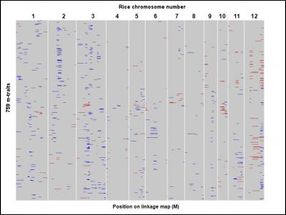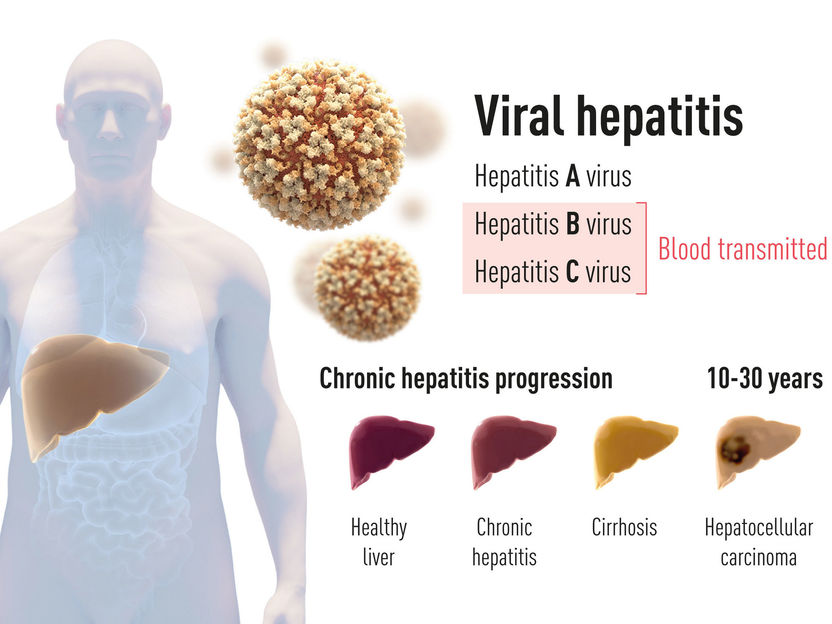New study sheds light on genetics of rice metabolism
A large-scale study analyzing metabolic compounds in rice grains conducted by researchers at the RIKEN Plant Science Center (PSC) and their collaborators has identified 131 rice metabolites and clarified the genetic and environmental factors that influence their production. The findings provide a natural way to bioengineer improved rice grain varieties by selectively increasing production of useful metabolites, boosting the nutritional value of crops.

Rice grain metabolites were annotated in this study. Rice grain metabolites are represented in the simplified metabolic pathway. Node color represents the method used for analysis of that metabolite: gas chromatography-time-of-flight-mass spectrometry (GC-TOF-MS, yellow), capillary electro-phoresis-time-of-flight-mass spectrometry (CE-TOF-MS, blue), liquid chromatography-ion trap-time-of-flight-mass spectrometry (LC-IT-TOF-MS, green) and liquid chromatography-quadrupole-time-of-flight-mass spectrometry (LC-Q-TOF-MS, red). Node shape represents the reliability of metabolite annotation: rectangles indicate metabolites whose structure was identified by comparing their chromatographic behavior and mass spectra with standard compounds, whereas diamonds indicate metabolites whose structure was determined by MS and MS/MS spectral data.
RIKEN

This graph shows genome-wide distribution of quantitative trait loci (QTLs) controlling metabolite levels in rice grains. Each row represents QTL mapping of single metabolic traits (m-traits). The results for a total of 758 m-traits are shown. Regions indicated in red or blue represent log-of-odds (LOD) intervals of detected mQTLs that positively affect the m-traits of Sasanishiki (red) and Habataki (blue) genotypes.
RIKEN


As one of the most important staple crops, rice plays a central role in supplying the nutrients needed to keep the world population healthy. The nutritional value of rice crops is determined by the types and quantities of metabolites they contain, which are strongly affected by environmental and genetic factors. Understanding these factors is crucial to increasing nutritional value, but the complex relationship between genes and plant metabolism makes this a formidable challenge.
At the heart of this challenge are so-called quantitative train loci (QTL), stretches of DNA which contain or link to the genes for a phenotypic trait, in this case metabolite levels. To breed lines of rice which produce more of a specific metabolite (for example one that boosts its nutritional value), you have to know which DNA regions are involved and in what role. This is hard because metabolite levels are controlled by many different QTLs and also strongly influenced by the environment.
To solve this problem, researchers at the PSC teamed up with their collaborators at the National Institute of Agrobiological Science (NIAS) to analyze rice grain metabolomic QTL (mQTL) using state-of-the-art mass spectroscopy pipelines developed at the PSC. Analysis of 85 experimental lines of rice specially bred for QTL analysis, prepared by the NIAS researchers and harvested in 2005 and 2007, yielded a total of 759 metabolite signals. From these, the team identified 131 metabolites, including amino acids, lipids, and flavonoids, and identified a total of 801 mQTLs around the rice genome.
Most important of all, the team showed that while the levels of most metabolites they identified are influenced mainly by environmental factors, genetics can sometimes play a stronger role: coordinated control of amino acids was linked to an mQTL "hotspot" on chromosome 3, while variation of flavenoid levels was linked to genetic factors. Published in The Plant Journal, the findings promise a future of faster, more effective breeding techniques for rice, and mark a major step toward a healthier, better-fed world.
Most read news
Other news from the department science

Get the life science industry in your inbox
By submitting this form you agree that LUMITOS AG will send you the newsletter(s) selected above by email. Your data will not be passed on to third parties. Your data will be stored and processed in accordance with our data protection regulations. LUMITOS may contact you by email for the purpose of advertising or market and opinion surveys. You can revoke your consent at any time without giving reasons to LUMITOS AG, Ernst-Augustin-Str. 2, 12489 Berlin, Germany or by e-mail at revoke@lumitos.com with effect for the future. In addition, each email contains a link to unsubscribe from the corresponding newsletter.
Most read news
More news from our other portals
Last viewed contents
Nobilon advances first vaccine into human trials - Intranasal influenza vaccine begins Phase I clinical development
Raptor Pharmaceuticals and TorreyPines Therapeutics Receive Stockholder Approvals to Merge - Merger to Create NASDAQ-Listed Biopharmaceutical Company named Raptor Pharmaceutical Corp.

Nobel Prize for Physiology or Medicine 2020 Announced - Nobel Prize awarded to Harvey J. Alter, Michael Houghton and Charles M. Rice for the discovery of Hepatitis C virus
PharmAthene and SIGA Technologies sign definitive merger agreement
PerkinElmer announces third quarter results - GAAP Revenue of $548 million versus $563 million in the comparable prior period

Glox Therapeutics Secures £4.3M Seed Funding to Develop Precision Antimicrobials Targeting Drug-resistant Bacteria - Spin-out from the Universities of Glasgow and Oxford

Doped by food - Dopamine release regulates our eating behaviour

Turning fallen leaves into sustainably made paper - Ukrainian scientist selected as a finalist for the Young Inventors Prize 2024

Merck Celebrates Topping-Out Ceremony for New Membrane Production Plant - Investment of more than € 140 million creates approximately 55 new jobs






















































